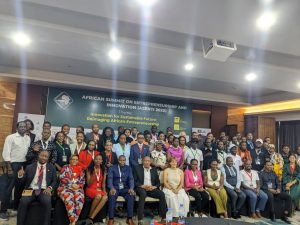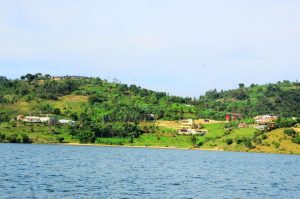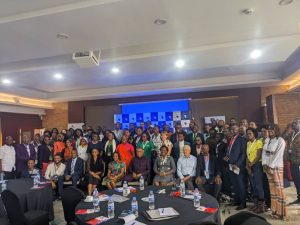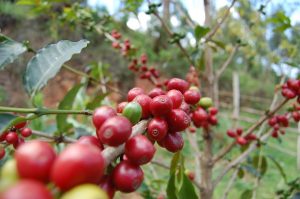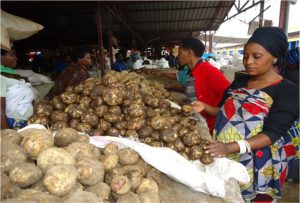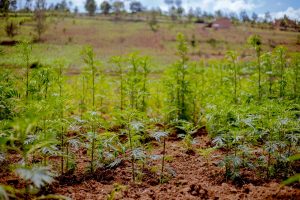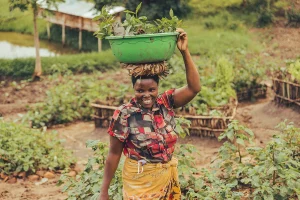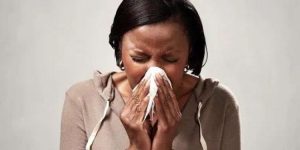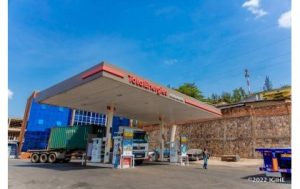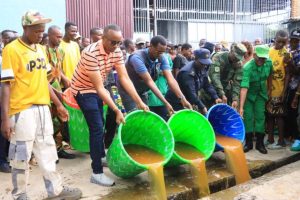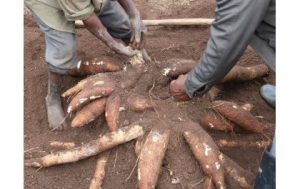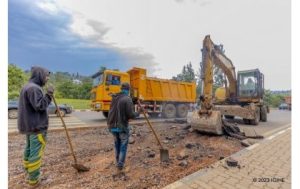“I Learned the Hard Way”: Ngoma Dairy Farmer Turns to Insurance After Costly Loss
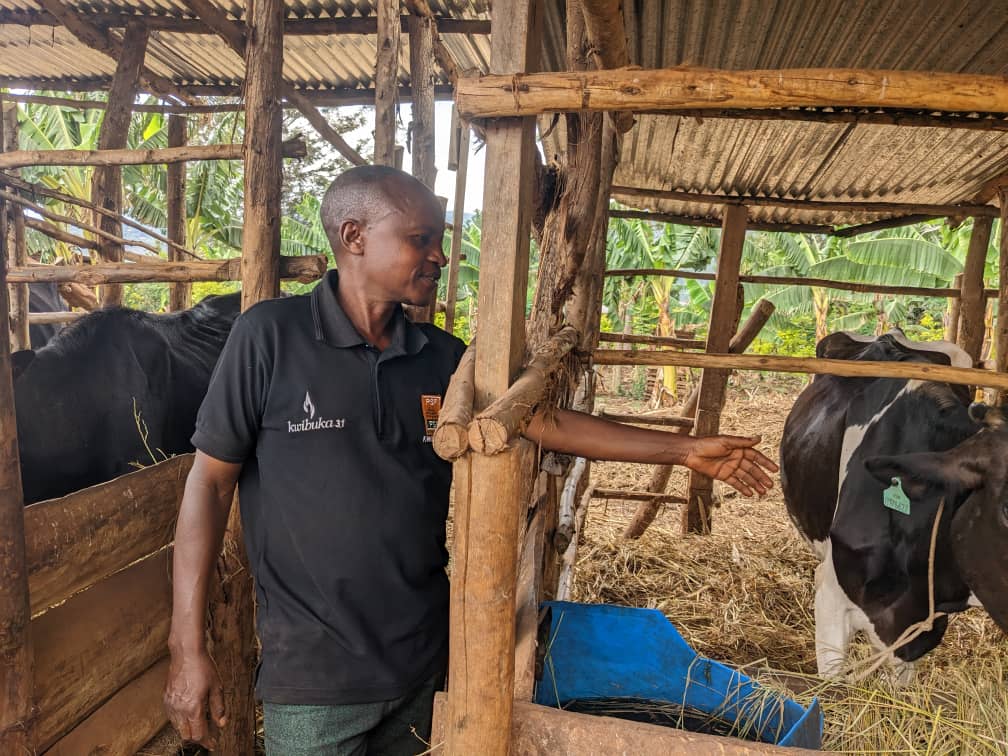
When one of his best dairy cows which produced 28 liters of milk per day suddenly died in 2020, Alex Nzeyimana, a professional dairy farmer from Ngoma District in Eastern Province, was left heartbroken and counting huge losses. The cow had no insurance coverage, a mistake he says taught him a life-changing lesson.
“Among all the cows I’ve lost, that one hurt me the most,” Nzeyimana recalled. “It was in the middle of calving and producing 28 liters a day. It died before I could insure it. That’s when I realized how risky it was to keep livestock without protection.”
Since then, Nzeyimana has made it a rule to insure all his livestock and crops under the Tekana Urishingiwe Muhinzi Mworozi program.
“After losing that cow, I decided to join the program. Later another cow I had bought for Rwf 1.3 million got sick and died, but this time, because it was insured, I was compensated and managed to buy a replacement immediately,” he explained.
Since he began insuring his livestock, Nzeyimana has already received compensation for three cows, including one worth Rwf 1.3 million.

He says the insurance program has brought him peace of mind and stability in his farming business.
“Insurance is not expensive at all,” he said. “For a milking cow, just six days of milk sales can pay the premium. I don’t even need to touch my savings or go to the bank, one week of milk sales is enough to cover it.”
Thanks to this sense of security, Nzeyimana now plans to expand his herd.
“Within the next six months, my goal is to have 50 insured cows housed in proper barns. Right now, I have 18, and all are insured,” he said confidently.
The income he earns from dairy farming supports his household needs, including paying farm workers and covering veterinary costs. On average, he says he saves about Rwf 474,000 per month from his dairy business.
Growing Trust in Agricultural Insurance
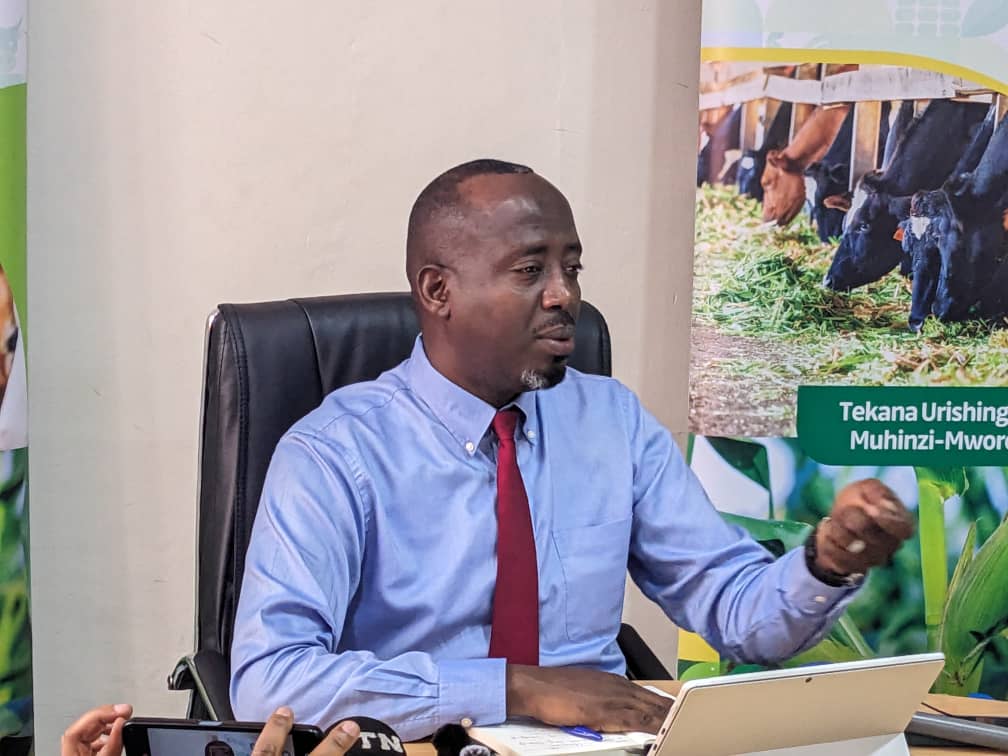
Cyriaque Mapambano Nyiridandi, Vice Mayor in charge of Economic Development in Ngoma District, says that farmers’ enthusiasm for the insurance scheme continues to rise, a sign that awareness campaigns are paying off.
“We are seeing a real change in mindset,” he said. “Insurance is no longer viewed as a burden but as a safeguard for livelihoods and food security.”
He revealed that in Ngoma District alone, 69,000 chickens, 5,380 cattle, and 2,500 pigs are already insured under the program.
Launched in 2019 by the Ministry of Agriculture and Animal Resources (MINAGRI), the National Agriculture Insurance Scheme (NAIS) is implemented by the Rwanda Agriculture and Animal Resources Development Board (RAB) through its Single Project Implementation Unit (SPIU), in collaboration with private insurance companies.
To make the scheme affordable, the government provides a 40 percent subsidy on insurance premiums for smallholder farmers. Since its inception, NAIS has insured around 189,734 farmers and livestock keepers, representing about six percent of all farmers in Rwanda.
So far, the government has invested Rwf 5.95 billion in subsidies, while Rwf 8.19 billion has been paid out in compensation, including Rwf 3.57 billion for livestock and Rwf 4.62 billion for crops.
The scheme currently covers major crops such as rice, maize, potatoes, beans, chili, soybeans, French beans, and cassava, as well as livestock including cattle, pigs, poultry, and fish.
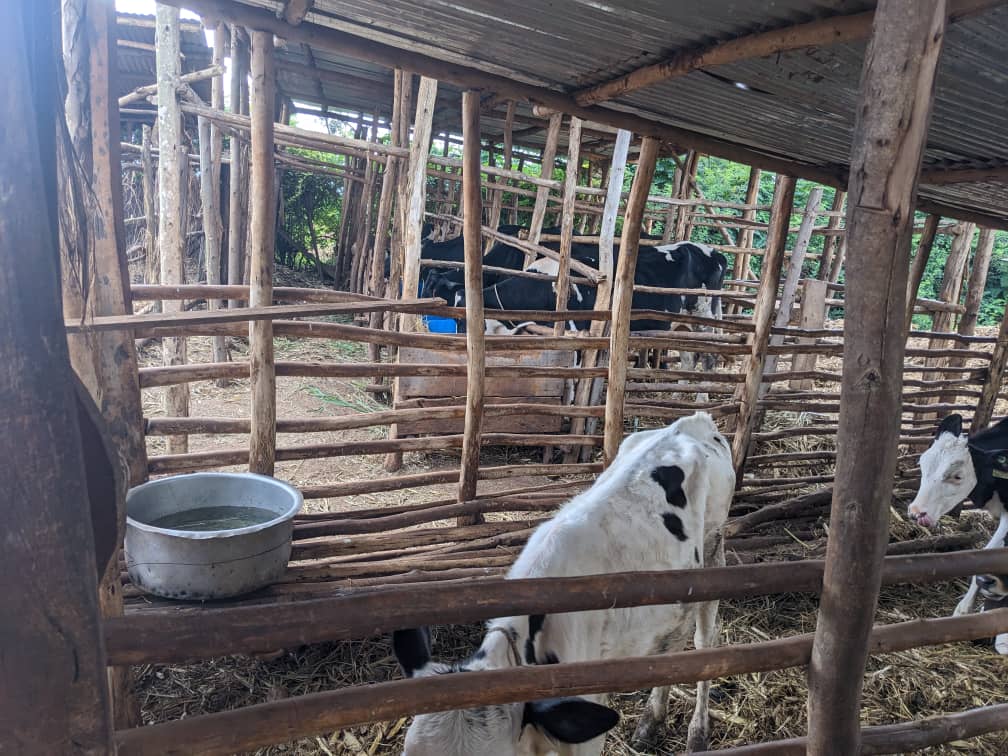


SUBSCRIBE TO OUR NEWSLETTER

